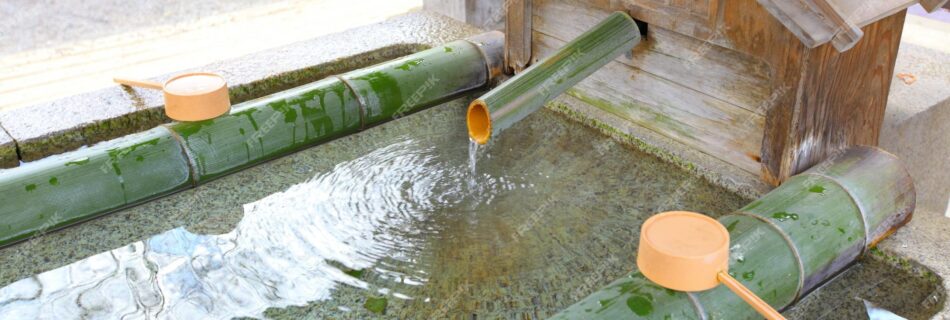Sake Flavour Profiles
Sake Flavour Profiles Nihonshu-do The number found on a sake label preceded by a plus or minus refers to the ratio of , SMV calculates a sake’s specific gravity (relative density) at 15ºC based on a modified Heavy Baume scale. (A value of zero compares to the gravity of pure water at 4ºC.)The SMV measures how much sugar and …

